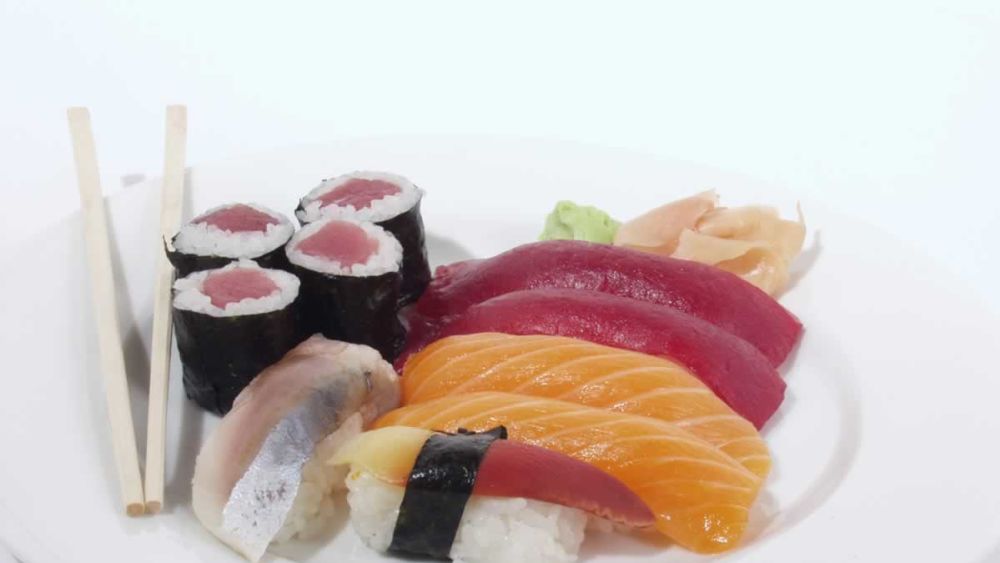Sudden Cardiac Death in Young Athletes - Is It Stoppable?
David Silversmith (edited by Jonathan Wasserberger MD) | Health Musings

image by: QACTV
The sudden death of any young athlete is tragic and often comes as a shock not only to the individual’s immediate family and friends, but also to the affected community
Up to 90% of all Sudden Cardiac Deaths (SCA) in young athletes occur during or immediately following strenuous physical activity and is most commonly reported in stop and start sports such as basketball, football, soccer and track and field. And, there is no warning. Unfortunately, these athletes are asymptomatic prior to the event.
Worldwide, the incidence of sudden death during exercise in unscreened men younger than 30 years is estimated to be about 1 death per 280,000 men per year. In the United States with the total population of children and adolescents in high school being 63 million, and with 10.7 million of them being “athletes”, there are about 100 sudden cardiac deaths each year.
The most common cause of SCA in these young athletes is Hypertrophic Cardiomyopathy (HCM). HCM is an excessive thickening of the heart muscle that can lead to an irregular lethal heart rhythm called ventricular fibrillation. Half of all the deaths from HCM occur in African American athletes. Whereas, most sudden cardiac deaths in older athletes over the age of 30 are usually due to a heart attack or blockage of the coronary arteries from the rupture of cholesterol plaque.
OK, what are we doing about it?
Preventive strategies for SCA, with a low prevalence, but with such a high impact on society remain controversial. The American Heart Association recommends that medical screening of athletes should include a focused medical history and physical examination which should be repeated every two years. A good idea especially for stop and start athletes but probably not valuable. Remember these kids are asymptomatic.
Some have advocated adding pre-sport electrocardiograms (ECG) to the screening process. Adding an ECG to the screening process may identify a few more athletes with potentially dangerous cardiac conditions, but the downside is it adds at least $2 billion in costs required to follow-up on positive EKG findings.
Instead what would be more beneficial is to add an echocardiogram (ECHO), which ultimately picks up the diagnosis HCM, but again the problem is the expense.
So, what’s the next best thing?
Be prepared for the eventuality. The availability of an Automated External Defibrillator (AED) or Public Access Defibrillators (PADs) should be present at every venue that hosts stop and start sports. Recent data has shown increased survival rates up to 24% for young athletes in cardiac arrest, treated with early cardiac defibrillation.
Is sudden cardiac arrest stoppable? Probably not. In the meantime push for the availability of PADs at your sports venues. It may make a difference.
Further reading
Maron B, The Heart of Trained Athletes: Cardiac Remodeling and the Risks of Sports, Including Sudden Death, Circulation. 2006; 114: 1633-1644
O'Connor A, Should Young Athletes Be Screened for Heart Risk? The New York Times, April 30, 2012
Koester M, A Review of Sudden Cardiac Death in Young Athletes and Strategies for Preparticipation Cardiovascular Screening, J Athl Train. 2001 Apr-Jun; 36(2): 197–204
Automatic External Defibrillators - Truth & Fiction
David Silversmith received his Master of Science Degree from Hofstra’s University in Community Health in 2012. He is the founder and president of CPR Headquarters, where he has served as an Instructor for the American Heart Association’s CPR curriculum. He has a vested interest in the promotion and sales of the Automatic External Defibrillator. The original article 'Sudden Death in Young Athletes' is available for review. Contact David at [email protected]
The article was edited by Jonathan Wasserberger MD, Fellow of the American College of Emergency Physicians and Professor of Emergency Medicine in Los Angeles.

Introducing Stitches!
Your Path to Meaningful Connections in the World of Health and Medicine
Connect, Collaborate, and Engage!
Coming Soon - Stitches, the innovative chat app from the creators of HWN. Join meaningful conversations on health and medical topics. Share text, images, and videos seamlessly. Connect directly within HWN's topic pages and articles.









.jpg)






